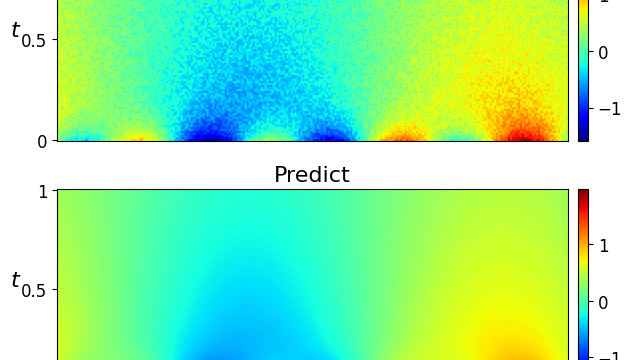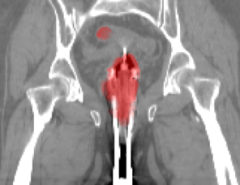Authors: Zhanhong Ye, Xiang Huang, Leheng Chen, Hongsheng Liu, Zidong Wang, Bin Dong
Published on: February 20, 2024
Impact Score: 7.8
Arxiv code: Arxiv:2402.12652
Summary
- What is new: Introduction of PDEformer, a neural solver capable of dealing with various types of PDEs using a computational graph, a novel approach compared to existing methods.
- Why this is important: Existing PDE solvers struggle with versatility and integration of symbolic and numerical information.
- What the research proposes: PDEformer employs a computational graph, a graph Transformer, and implicit neural representation to provide mesh-free predicted solutions.
- Results: Achieves zero-shot accuracies that surpass those of expert models trained for specific tasks; shows promise in solving inverse problems like PDE coefficient recovery.
Technical Details
Technological frameworks used: Graph Transformer, Implicit Neural Representation (INR)
Models used: PDEformer
Data used: Diverse benchmark datasets for training and zero-shot accuracy testing
Potential Impact
Computational engineering firms, simulation software companies, and industries requiring PDE solutions (e.g., aerospace, climate modeling, and finance)
Want to implement this idea in a business?
We have generated a startup concept here: InfiniSolve.




Leave a Reply